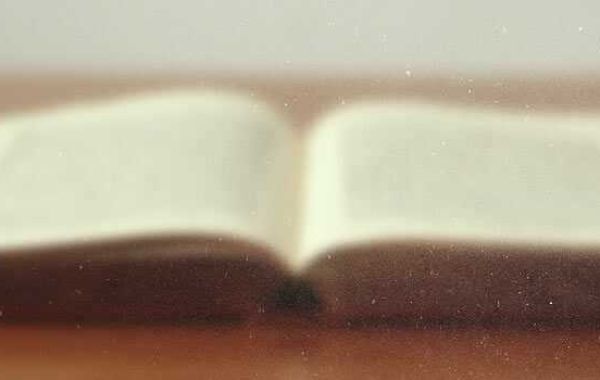Unraveling Drilling Simulation:
Drilling Simulation is a sophisticated software solution that leverages advanced computational models to simulate the entire drilling process, from surface to reservoir. It allows engineers to create virtual replicas of drilling operations, enabling them to analyze various drilling scenarios, predict outcomes, and optimize drilling parameters in a risk-free environment. By integrating geological data, wellbore geometry, drilling equipment specifications, and real-time drilling parameters, Drilling Simulation provides invaluable insights into the complexities of wellbore construction and performance.
Key Components and Features:
At the heart of Drilling Simulation lie a myriad of advanced features and functionalities tailored to address the intricacies of wellbore planning and execution. These include wellbore trajectory planning tools, hydraulic and mechanical drilling models, torque and drag simulations, geomechanical analysis modules, and real-time data integration capabilities. Additionally, drilling simulators often incorporate virtual rig environments, allowing users to interact with drilling equipment and experience realistic drilling operations firsthand.
Applications in Wellbore Planning:
The applications of Drilling Simulation in wellbore planning are extensive and far-reaching. Engineers utilize simulation models to design well trajectories, optimize drilling parameters, and assess drilling risks in complex geological formations. By conducting virtual drilling scenarios, they can evaluate the feasibility of different drilling techniques, mitigate drilling hazards, and minimize operational uncertainties. Furthermore, Drilling Simulation enables real-time decision-making during drilling operations, allowing operators to react promptly to unexpected challenges and optimize drilling performance.
Benefits and Impact:
The adoption of Drilling Simulation technologies has revolutionized wellbore planning practices in the oil and gas industry. By providing a risk-free environment for experimentation and analysis, these tools empower engineers to make informed decisions, optimize drilling strategies, and enhance operational efficiency. Furthermore, Drilling Simulation helps minimize drilling-related risks, reduce non-productive time, and improve wellbore quality, ultimately leading to significant cost savings and improved safety performance.
Conclusion:
Drilling Simulation stands as a cornerstone of innovation in wellbore planning and execution, offering a virtual playground for engineers to navigate the complexities of drilling operations with confidence and precision. As the oil and gas industry continues to push the boundaries of exploration and production, Drilling Simulation will play an increasingly pivotal role in shaping the future of well construction and reservoir development. With its ability to predict outcomes, mitigate risks, and optimize drilling performance, Drilling Simulation emerges as an indispensable tool in the arsenal of modern drilling engineers, driving efficiency, safety, and productivity to new heights.








